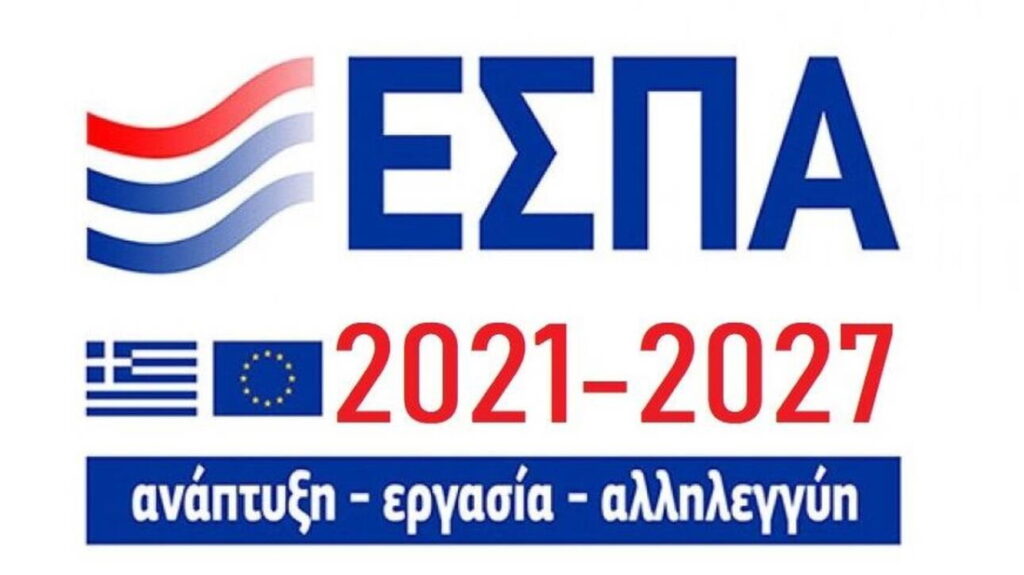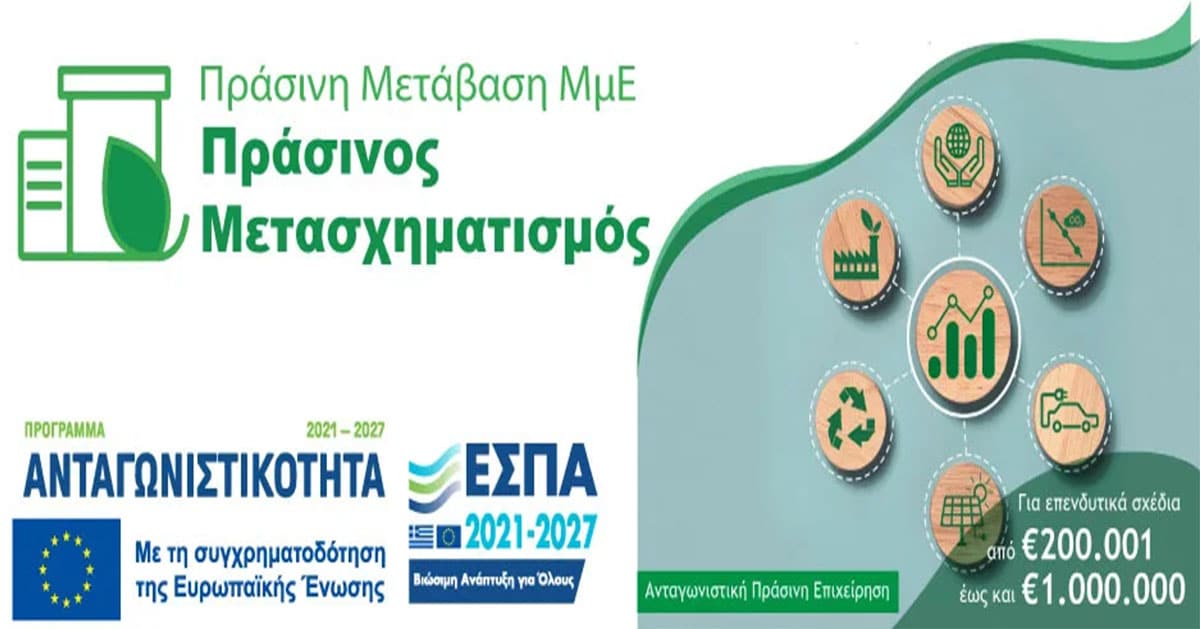
The final text on how the Greek Government intends to utilize these has been in Brussels for a few days now 20 billion euros expected to flow in over the period 2021-2027, through the new NSRF. The final text, which was sent to the European Commission within the schedule that had been set, moves along the guidelines of the commissioned by the Ministry of Development and Investments and "focuses on projects and actions of high added value, with a strong developmental footprint and multiplier benefits for both society and the economy, and with the main denominator being transparency, the activation of all communication channels and the continuous and effective cooperation of all stakeholders", sources of the Ministry of Development and Investment.
It is a plan which, according to the General Secretary of Public Investments and NSRF, Dimitris Skalkos, "balances between a flexible structure and the effective coordination of all the relevant bodies, with community resources being directed to the real needs of society and the economy. It is a key step for the definitive transformation of the economy and the fruitful transition to a sustainable, circular, digital and green development, as Prime Minister Kyriakos Mitsotakis had characteristically underlined in his speech at the National Development Conference for the new programming period".
Changes to the new NSRF 2021-2027
Among the major changes of the new NSRF 2021-2027 is that of decentralization. In contrast to what happened in all the previous NSRPs in Greece - together with the corresponding ones in Ireland - now, in the new NSFR, the 13 regions will be able to manage significantly increased resources, corresponding to approximately 1/3 of the total resources of NSRF.
"The main issue is the autonomy of the regions in the context of the effective multi-level governance promoted by the government", state Government sources.
But what are the main goals for the new programming period, where will the funds be directed and what is the architecture of the new NSRF? The budget for the new programming period, which has not yet been "locked in" for any EU country, is expected to be increased from the Commission's original 2018 proposal for the Multiannual Financial Framework, with Community assistance estimated at €20 billion. euros, sources from Brussels say. Also, finalisation is expected on the allocation and conditions of the resources of the Recovery Fund , which will show how many resources will be added to the current NSRF in the three-year period 2021-2027, and how the other additional resources/tools/funds will be combined with the new NSRF 2021-2027.
Digital switchover accounts for 1/5 of new funds
A significant focus will be placed on business competitiveness (the current EPANEK programme), whose budget is boosted by 50%, with a significant part of the Community funds going to the new Operational Programme for Digital Transformation. Also, the operational program for employment and education shows an equally significant increase, like that for the environment, with the ultimate goal of tackling climate change and which will now include energy and civil protection.
In particular, the first objective relates to a competitive economy and the digital transition, for which, it is proposed to absorb the 20,3% of the resources. These funds will be directed to linking research with the productive fabric of the country, to adapting Greek industry to the new competitive environment by creating value in all areas of business, to strengthening the innovative capacity of the country's industry, and to strengthening the innovation capacity of the Greek economy. of small and medium-sized enterprises, facilitating access to finance, broadening the range of financial instruments by creating a business-friendly institutional environment, and the digital transformation of the Greek public administration, the state and the economy.
The second objective policy focuses on environment, energy and civil protection, where it will be directed more than 1/4 of the funds (26.1%). The funds will be directed to the green economy through the promotion of a fair transition to clean energy, the promotion of green investments, the circular economy, climate change adaptation, prevention and risk management. The ultimate goal, as Yannis Tsakiris says, "to turn the threat of climate change into an opportunity"
Transport and broadband networks, which are expected to absorb 15.3% of the funds, are the third target policy, which focuses on developing a safe, coherent and interoperable high-quality rail transport system, ensuring accessibility and making the best use of Greece's motorways, seaports and airports by building sections and connections that are absent from the network and beyond in the promotion of a series of medium-term initiatives and actions which aim to create a modern digital environment for both citizens and businesses of the country, with the implementation of investments in fast and ultra-fast broadband networks, in open wireless networks for everyone's access to the internet, as well and with the development of modern network infrastructures, including fiber optic networks and 5G networks.
The fourth policy objective is employment, education and social protection (including health and education infrastructure), where, based on the proposal submitted by the Greek Government to the European Commission, 31.9% of the funds will be directed. The aim is equal opportunities and equal access to the labor market (especially for women, young people and the long-term unemployed) and social convergence, quality and inclusive education, training and lifelong learning, social protection and the integration of vulnerable social groups and people at risk of poverty or social exclusion, tackling material deprivation and the systemic modernization of the respective institutions. In addition, the specific policy objective will focus on the implementation of integrated measures concerning, inter alia, housing and social services and ensuring equal access to health care, including primary health care.
The fifth policy objective is integrated spatial interventions and urban development - expected to absorb 5.3% of the funds -, which is given priority to strengthening integrated social, economic and environmental local development, with an emphasis on Sustainable Urban Development, cultural heritage, tourism, etc.
All the aforementioned objectives are reflected in the six operational (sectoral) programs of the new NSRF 2021-2027:
- Competitiveness – Entrepreneurship,
- Human resources - Training - Education - Active employment policies,
- Digital transformation (all digital and broadband, excluding entrepreneurship),
- Single Plan for Just Development Transition,
- Environment – Energy – Climate change (including civil protection) and
- Transportation.
Next are the 13 regional programs of the country, as well as the territorial cooperation programs (Interreg).
Regarding the preparation of the NSRF 2021-2027 beyond the OECD study, Mr. Skalkos notes that: "It is the product of a thorough dialogue with all the agencies involved. The new strategic text was based on the National Reform Program, the Special Recommendations of the European Commission for Greece, as well as the individual strategies available to the country, many of which are An integral part of the new NSRF strategy is also the National Energy and Climate Plan (NECP), which is a detailed map for the achievement of specific energy and climate goals with an implementation horizon of 2030 ".




